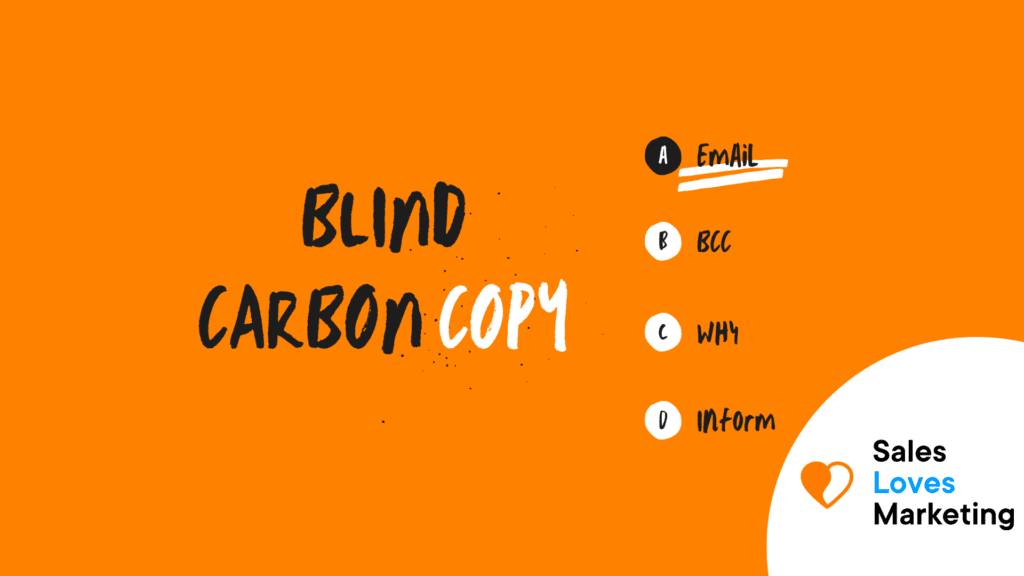What is BCC in email?
BCC is understood as a “blind carbon copy.” It is used to send copies of an email to other people. Its main characteristic is that it does not allow the view of the list of recipients.
It is known as blind copying because the rest of the recipients will not be able to see that a copy of the email was sent to someone else.
What is The Difference between CC and BCC?
In terms of email, ‘CC’ is used when you want to copy other people in a public way; that is, the list is visible to everyone.
In the case of ‘BCC,’ it is used when you want to send copies in private. Others do not see any recipient who is on the ‘BCC’ list of an email.
Advantages and Disadvantages of Using BCC.
Among the advantages of using this function we have:
- Bcc is frequently used to prevent a “Reply All” intended only for the message’s originator from being accidentally sent to the entire recipient list.
- When you want to send a copy of personal correspondence to a third party, and do not want the recipient to know that this is being done.
- Allows you to send a message to several people without any of them knowing about the other recipients. This is done by sending a message to yourself and filling in the actual intended recipients in the Bcc field.
- Prevents the spread of computer viruses, malware, and spam, preventing the piling up of email addresses from blocklists available to all BCC: recipients, often in the form of chain letters.
Among the disadvantages we have:
- Sometimes the use of blind copy is seen as unethical. The mail’s initial recipient thinks that communication is taking place between the known parties and does not know that more people are participating in the main communication.
- Has a related risk that through careless or inadvertent use of the “reply to all” function by someone on the CCO list, the original recipient is aware of this participation, sometimes inadvertently. This is why there are times when it is better to forward the original email separately.
- Depending on the particular email server or software used, the recipient may or may not know that the message was sent via BCC. Sometimes the ‘undisclosed recipients’ placed on the “To:” line (the software does this) show that BCC has been used.
Related Reading: EU Email systems (GDPR Proof)
When should you Use BCC?
These are the most common uses:
- When you do not want the main recipient to know.
For example, when there are problems with an employee and an email is sent to them, a copy of the email can be sent to their immediate manager or HR without the employee involved seeing or knowing that other parties have been included in correspondence.
- When emailing a large list.
When the same email is sent to a list of friends and family who have no relationship with each other, their addresses are entered in the Bcc field. The email will appear as if it was sent to you individually. This also makes the email cleaner, as you won’t have a long list of recipients.
- When it is not a personal email, and you want to maintain the privacy of the receipt email.
For example, to inform customers or suppliers that a change of address or telephone number has been made.
Get started yourself with SEO with SEMrush; an all-in SEO tool (Free 7 day trial).
